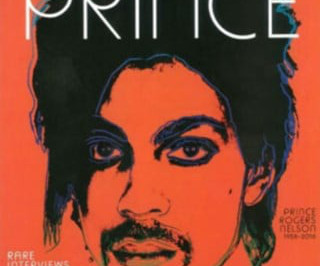Prince, Prince, Prints: Will the Supreme Court Revisit Fair Use?
LexBlog IP
FEBRUARY 28, 2022
A few years later, in 1984, Goldsmith’s agency, which had retained the rights to those images, licensed one of them to Vanity Fair for use in an article called “Purple Fame.” Controversy” [8] : The Litigation. Vanity Fair , in turn, commissioned Warhol to make a silkscreen using Goldsmith’s photograph. He did just that.











Let's personalize your content